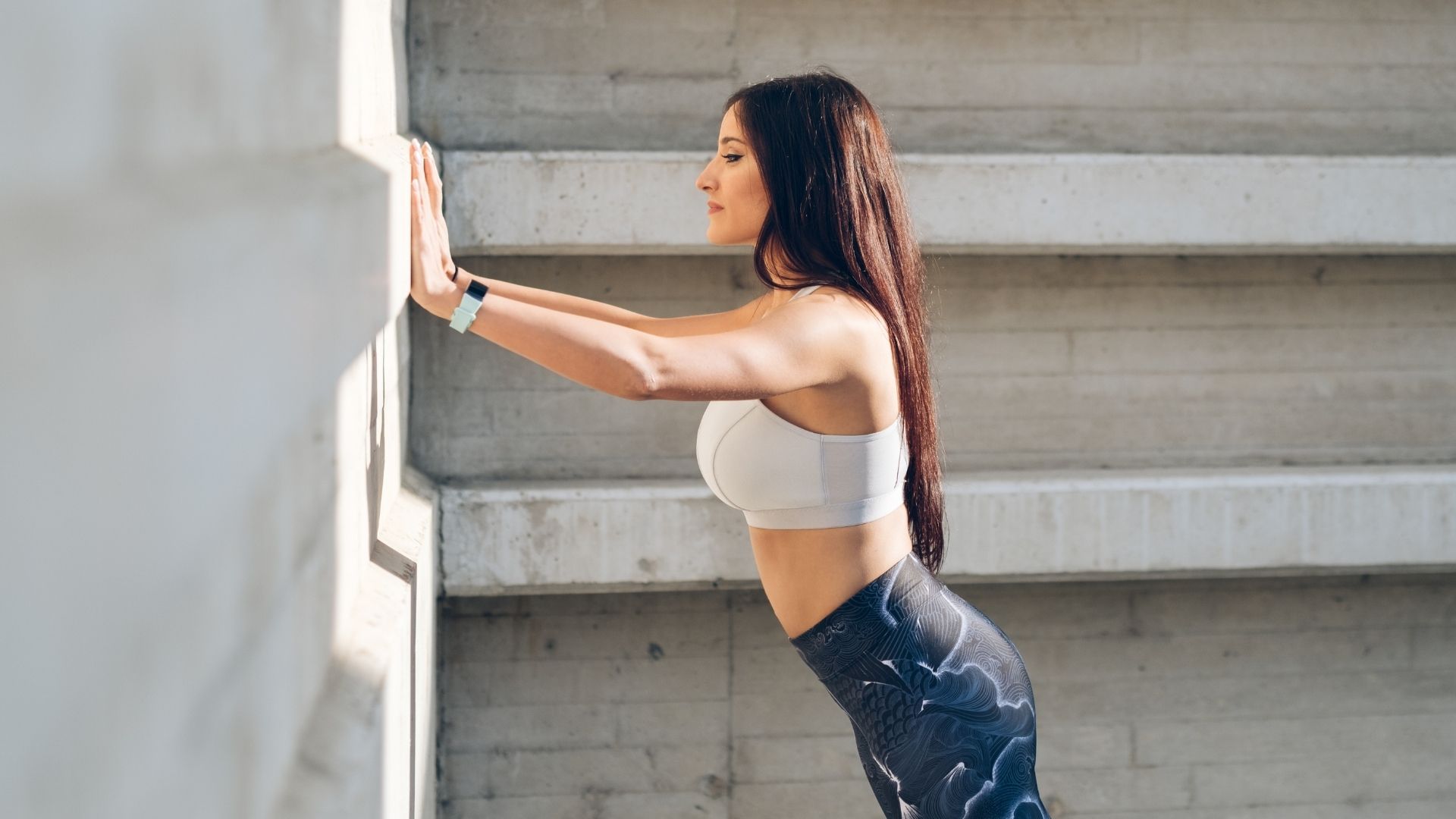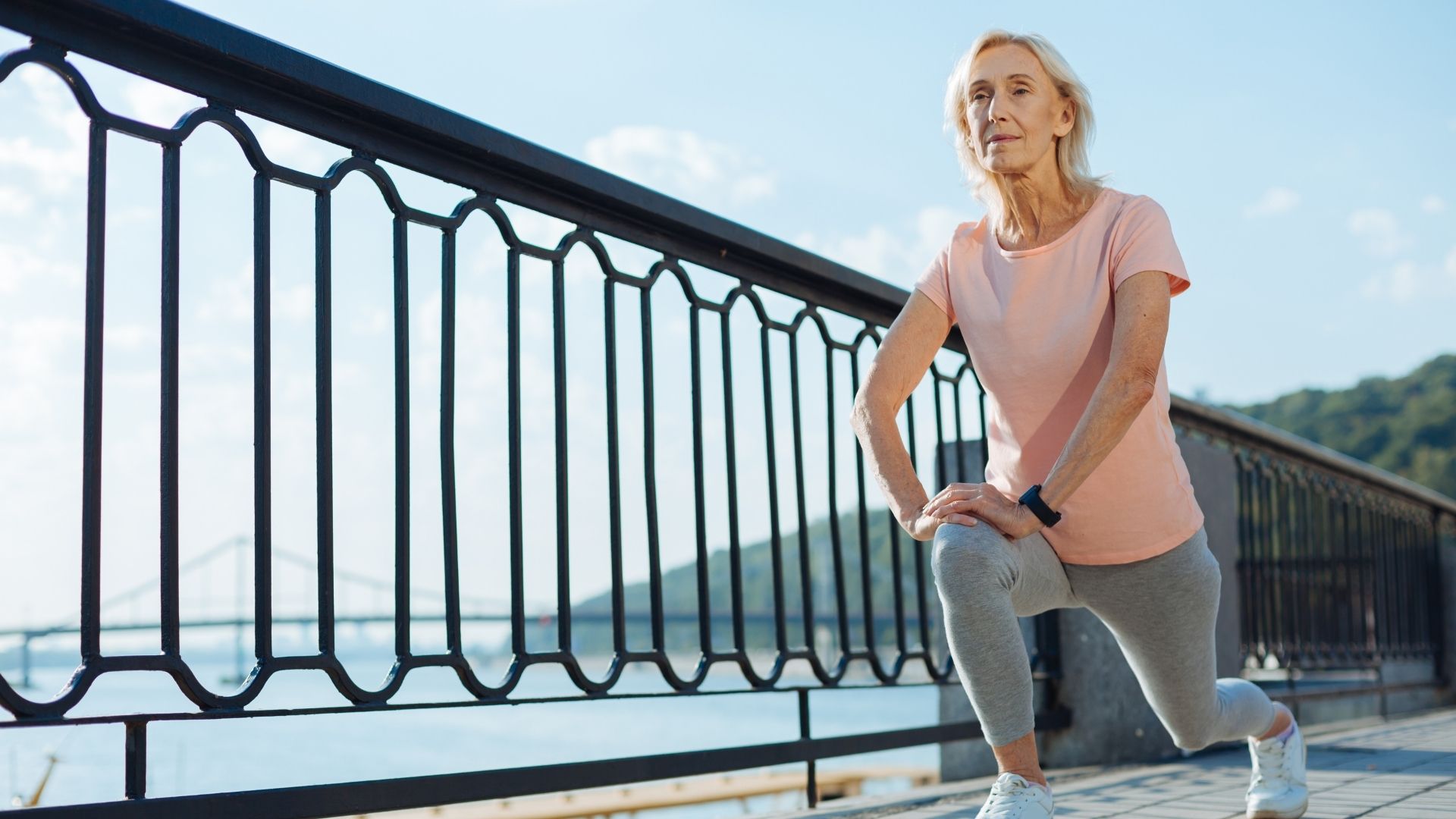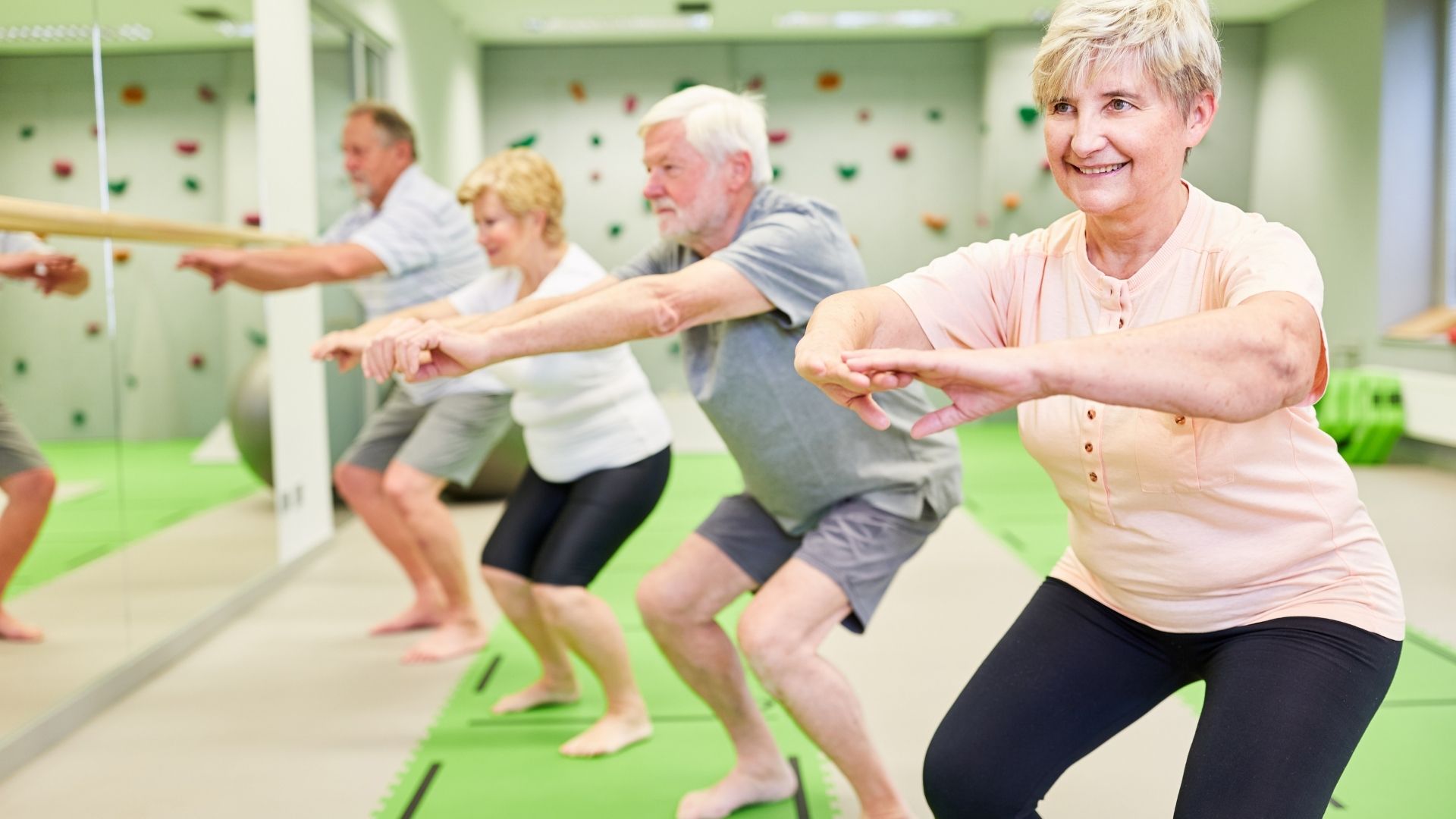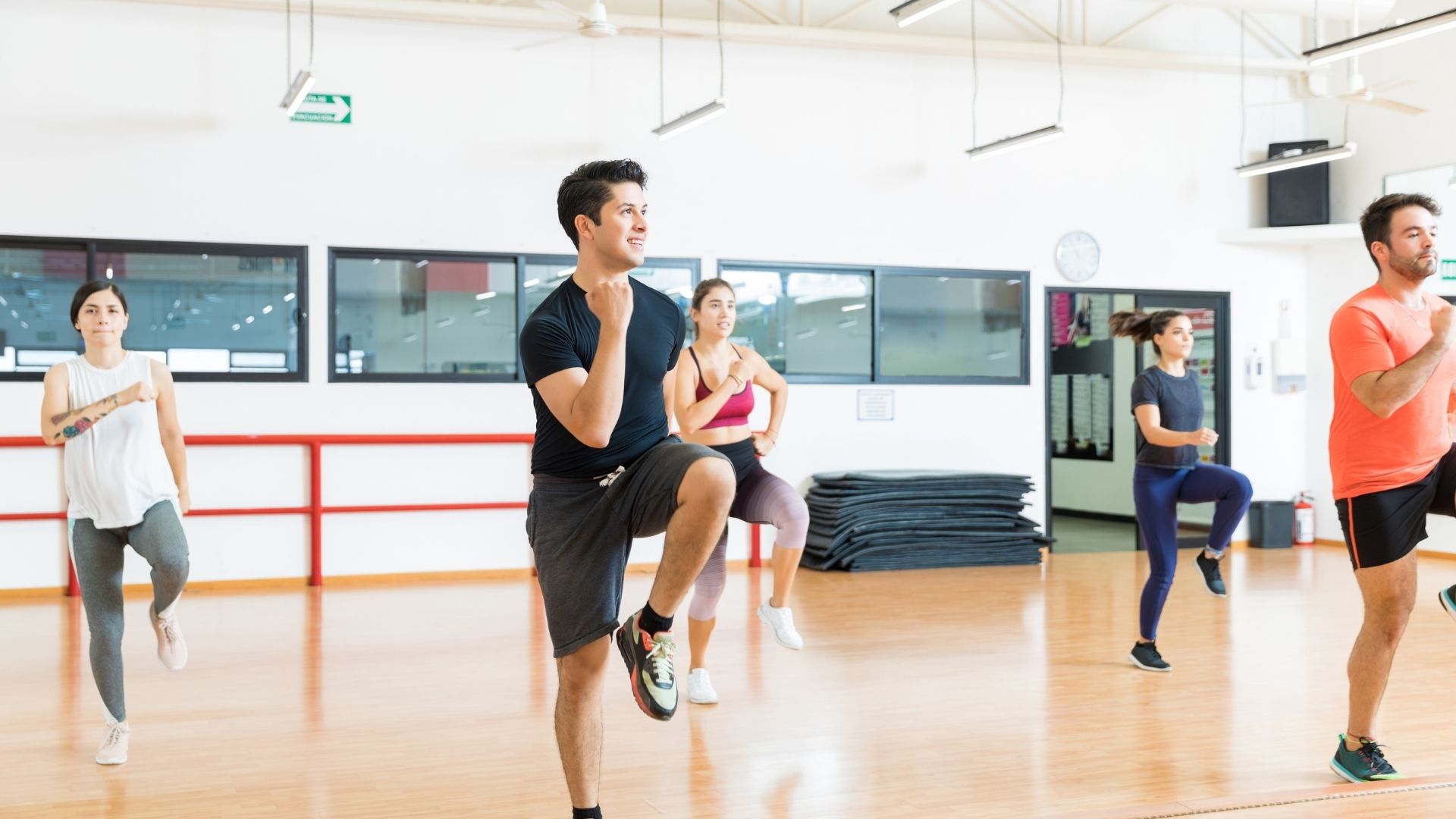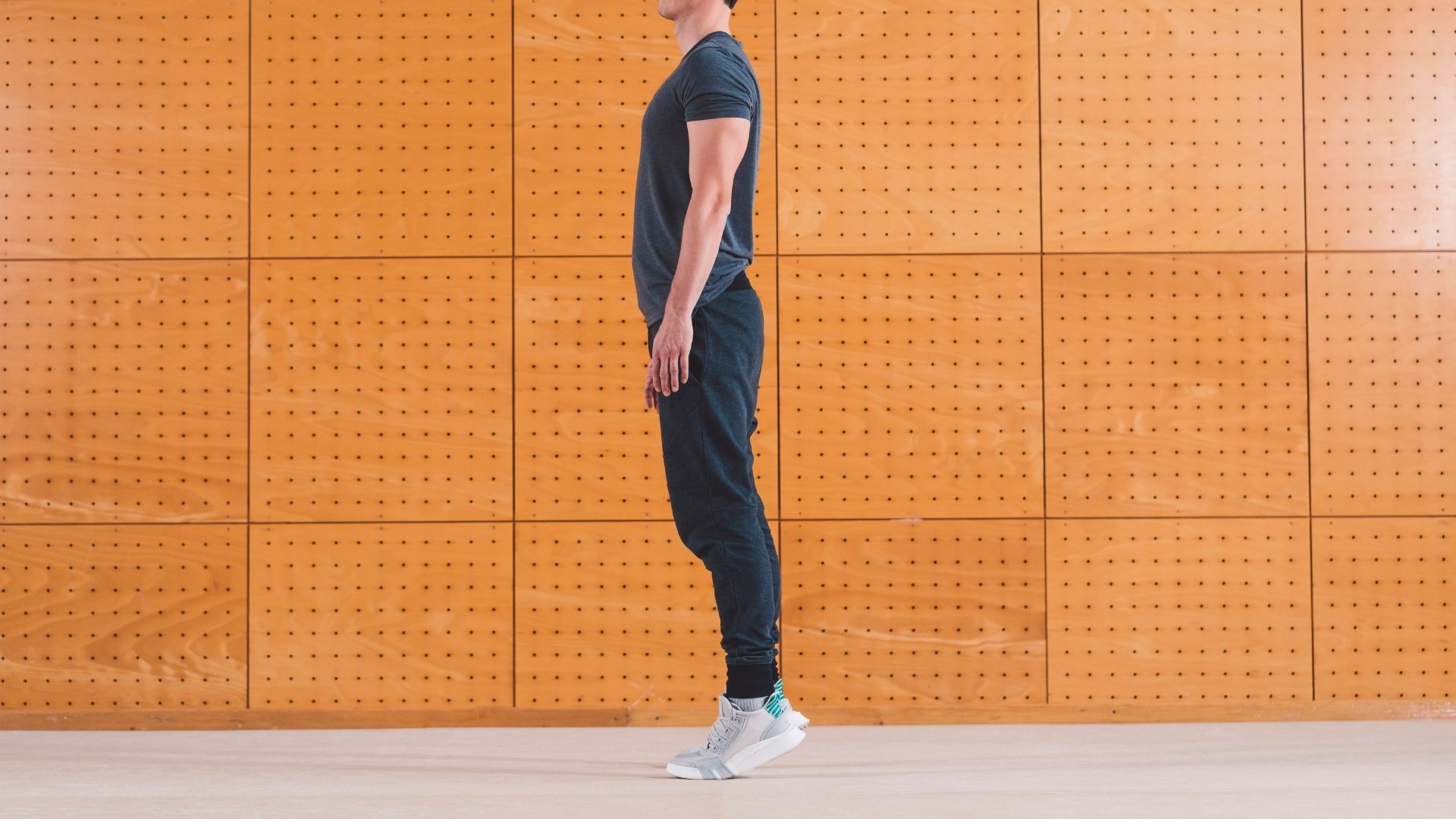Exercises to Improve Balance for Seniors
Posted in

Balance and coordination are key aspects of your health as you age. Older adults are more at risk at falls than any other demographic, accounting for 25 percent of falls each year. To help prevent falls, we’re highlighting nine different exercises that can help seniors improve their balance.
Why should senior citizens perform balance exercises?
Whether you realize it or not, every step and movement you take is foundationally based on balance and coordination. This balance system, known as the vestibular system, sends information to your brain about motion and motor functions to keep you upright, maintain posture and aid in body movements. More specifically, the inner ear has canals with fluid that detect movement. The canals then send this information to the brain, which helps interpret where or how you’re moving.
This ability to sense movements and actions is also known as proprioception. Proprioceptive neurons provide sensory feedback to stretch receptors in muscles and ligaments that help you carry out certain movements.
The older you get, the more your ability to balance dwindles. Performing balance and coordination exercises can give you the strength needed to compensate for any loss of stability. Muscle mass, strength and flexibility all also decrease as you age, which furthers the importance of certain exercises.
Why does all this matter? Your risk of falling increases once you lose coordination, flexibility and balance. The impact of falls in older adults is staggering, according to the Center for Disease Control and Prevention:
- One out of five falls results in a serious injury
- 3 million older adults end up in the emergency room each year due to falls
- Over 800,000 patients end up in the hospital each year due to falls
- Falling sideways commonly results in hip fractures, including 300,000 hospitalizations
- Falls are the most common cause of traumatic brain injuries (TBI)
- Falls cost the U.S. healthcare system around $50 billion each year
Exercises for balance and coordination
Improving your balance and coordination will help create stability when walking on uneven surfaces or down the stairs. It will also give you strength to walk without feeling like you’re going to trip or fall over.
It’s important to keep the correct posture when performing these , meaning your shoulders and back are straight and not in a slouched position and your head is above the shoulders.
Tree pose
This pose is a popular yoga position for seniors to work on balance. In a standing position, raise one leg up toward your chest and turn your foot inward. Place your foot against your thigh and hold this position for 30 seconds. Repeat two to three times before switching legs.
Flamingo pose
The flamingo pose is an easy exercise to incorporate balance and core strength into your routine. For the pose, stand up straight with your feet shoulder-width apart. Lift one leg up, bringing your heel to your buttock, and hold for 10 seconds. Engage your core as you hold this position. Hold on to a chair or the counter if you find yourself losing balance. Switch legs and repeat three times.
Tightrope walk
This is another great exercise to work on your balance. Start by mapping out an imaginary line in your head (you can use a rope or string if you have them handy) and slowly begin to walk in a straight line as if you were on a tightrope. Place one foot in front of the other and extend your hands out to help you balance. Make sure to walk from heel to toe, meaning your right heel touches your left toes with one step and your left heel touches your right toes with the next step. Count for several seconds before taking your next step.
Wall pushup
This is a modified form of a pushup, one that is easier on your entire body since it removes the need to get on the ground. Pushups don’t just work your arms, they also target your shoulders, chest, back and core.
Stand a foot or two away from the wall. Slowly lean forward and place your hands against the wall at shoulder-width height. Bring your chest toward the wall while keeping your core engaged. Push back against the wall, extending your arms to bring your body back to the starting position. Start with 10 to 12 repetitions and repeat three times.
Lunge
Lunges are another ideal way to improve strength in your lower body, mainly your quadriceps, hamstrings and glutes. They can also help improve your range of motion, flexibility and balance. Lunges are harder than some exercises for seniors since they require good balance.
Proper form is important when performing a lunge. Stand up straight with your feet shoulder-width apart. Place one foot forward and the other back to form an alternate stance. Your legs should be a few feet apart. Bend your front knee, being careful not to move it past your ankle, while keeping your back leg straight or slightly bent — depending on what is most comfortable. Focus on holding your posture as you contract your abdomen and breathe in. Hold for three to five breaths and switch legs.
Squat
Air squats are a great way to build strength in your quadriceps, hamstrings, glutes, calves and core. It can also help improve balance and posture.
To perform a squat, stand up straight with your feet shoulder-width apart and your toes pointed slightly outward. As you engage your core, bend your knees like you’re about to sit in a chair. Try to get as close to parallel to the ground as you can before coming back to an upright position. Perform three sets of 10 repetitions. As an alternative, a half squat is recommended for those who can’t perform a full squat. You can also hold on to a chair while squatting for added support and balance.
High knees
Also known as marching in place, the goal is to improve balance and strength in your lower body.
Stand up straight with your feet shoulder-width apart and lift one leg up toward your chest as high as you can go. Lower your leg to the ground and repeat the movement with your other leg. You’ll get into a rhythm after a few repetitions, much like a marching band member. March in place for 30 seconds, rest and repeat the exercise a total of three times.
Chair rise
As simple as it sounds, going from a seated position in a chair to a standing position is a good way to strengthen your thighs and glutes. In an armchair, sit forward with your knees bent and your feet shoulder-width apart. Maintain proper posture with your chest slightly forward, and let your arms rest on either side of the chair.
Take a deep breath in and breathe out as you stand up slowly. Sit back down in a controlled manner, repeating this exercise 10 to 15 times. Take a brief rest and do another 10 to 15 repetitions. Eventually, you will become strong enough to sit and stand out without using your arms.
Calf raises
Calf muscles are important to help you stand. They also help move your feet and legs. Calf raises are a simple exercise to strengthen your calves. Stand up straight with your feet shoulder-width apart. Slightly shift your weight to the balls of your feet and rise to your toes while simultaneously lifting your heels off the ground.
Make sure you contract (squeeze) your calf muscles to maximize this exercise. Perform three sets of calf raises with 10 to 15 repetitions in each set. If you’re having trouble standing, you can also perform calf raises in a chair.
While the aforementioned exercises can help give you the strength and coordination necessary to prevent falls, they aren’t for everybody. Each situation is different, so contact your primary care physician before trying any of these exercises.




